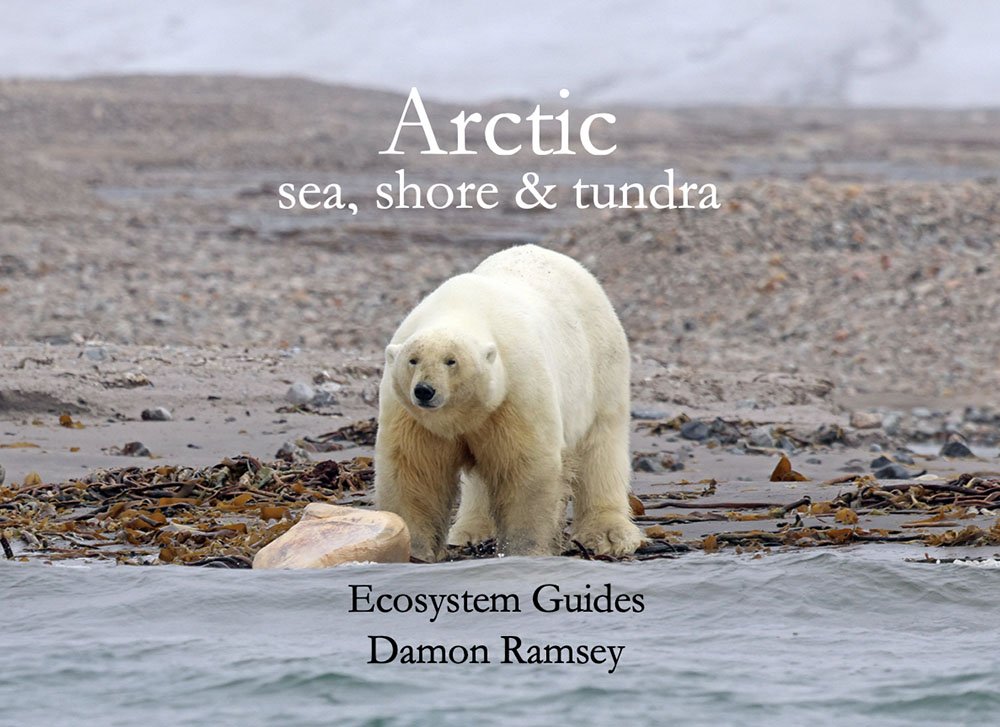ecosystem-guides.com
....exploring the planet's ecosystems
Tangkoko Reserve
Sulawesi, Indonesia
I have visited this park on day trips with expedition ships three times. The full name of the reserve is Tangkoko Batuangus Nature Reserve. It is located at the top the spider shaped island of Sulawesi, in the country of Indonesia.
This reserve is one of the best places to see Tarsier in the wild, and this is one of the reasons people visit the park. The species here is the Spectral Tarsier. The local guides take you a short way into the forest. There are half a dozen 'sacrificial' sites, where the tiny primates are enticed out, and then gawked at and photographed by tourists. It seems intrusive to the more naive tourist, but in the rest of the reserve they are left in peace, and they don't get captured and harassed like the tarsiers in many part of the Philippines, or displayed on the side of the road. They go to specific large strangler figs where the primates rest within the elaborate root system during the day, then emerge half an hour or so before sunset. This is the time that guides take people to see them, before it gets too dark. The guides will often have sticks with worms at the end that the Tarsiers leap out to grab.
The park is also a great place to see troops of the Celebes Crested Black Macaque, another Sulawesi endemic. These large monkeys are usually seen in troops, and are often along the side of the road or a short way into the bush. They are usually fairly low down in the canopy, and often on the ground. Bear Cuscus are sometimes seen in trees near the ranger station.
There is small village at the entrance to the national park. There is plenty of accommodation and restaurants here. There are a couple of nice ones that look out along the small creek that forms a border to the park, and the owners say they get Ruddy Kingfisher here in the morning.
To see the endemic mammals and birds you need to go into the park. This requires a guide, and it seems like they discourage people from just walking around by themselves. The local guides of course know where the Tarsier Trees are, and seem very good at locating birds, if you indicate you are interested and you give them enough time.
Some expedition ships include this park as a short stop on their itineraries. However, they arrive at a port two hours drive away and it seems like a better place to visit and hang out for a few days.



